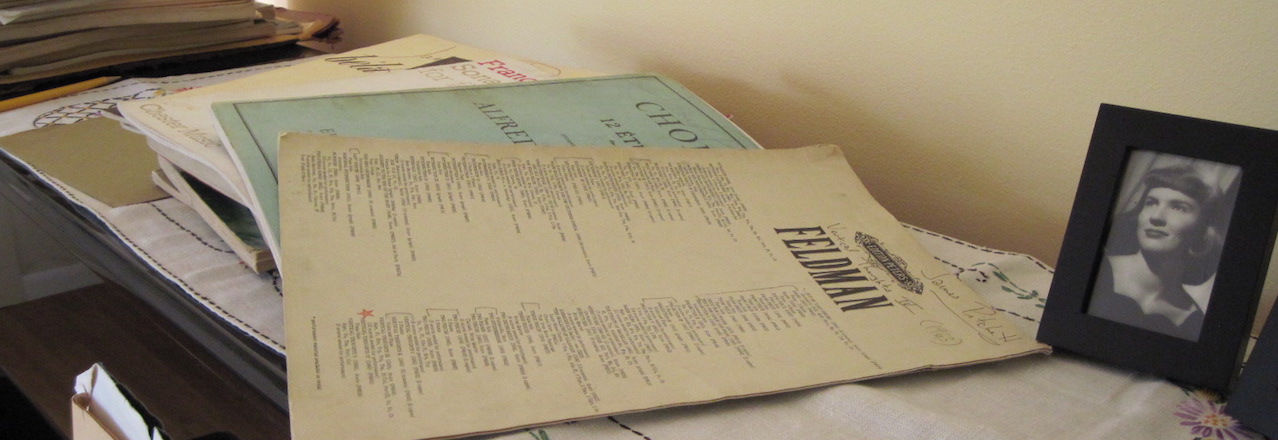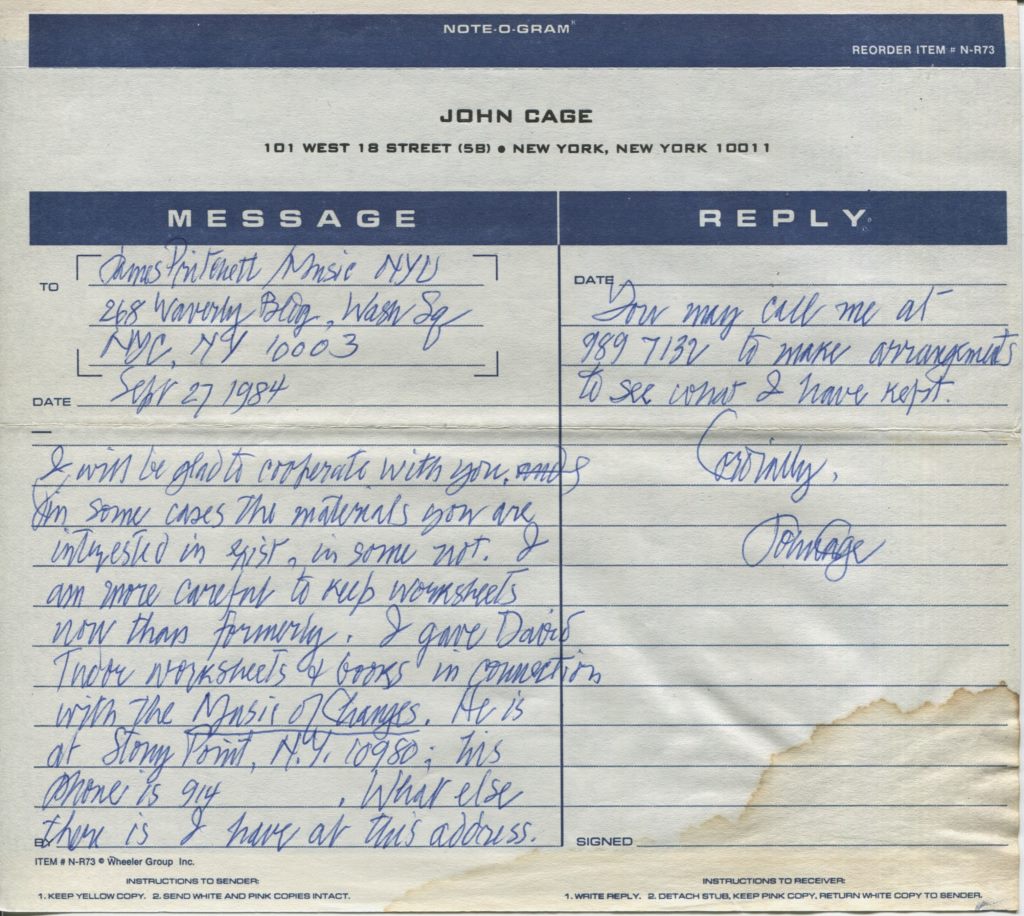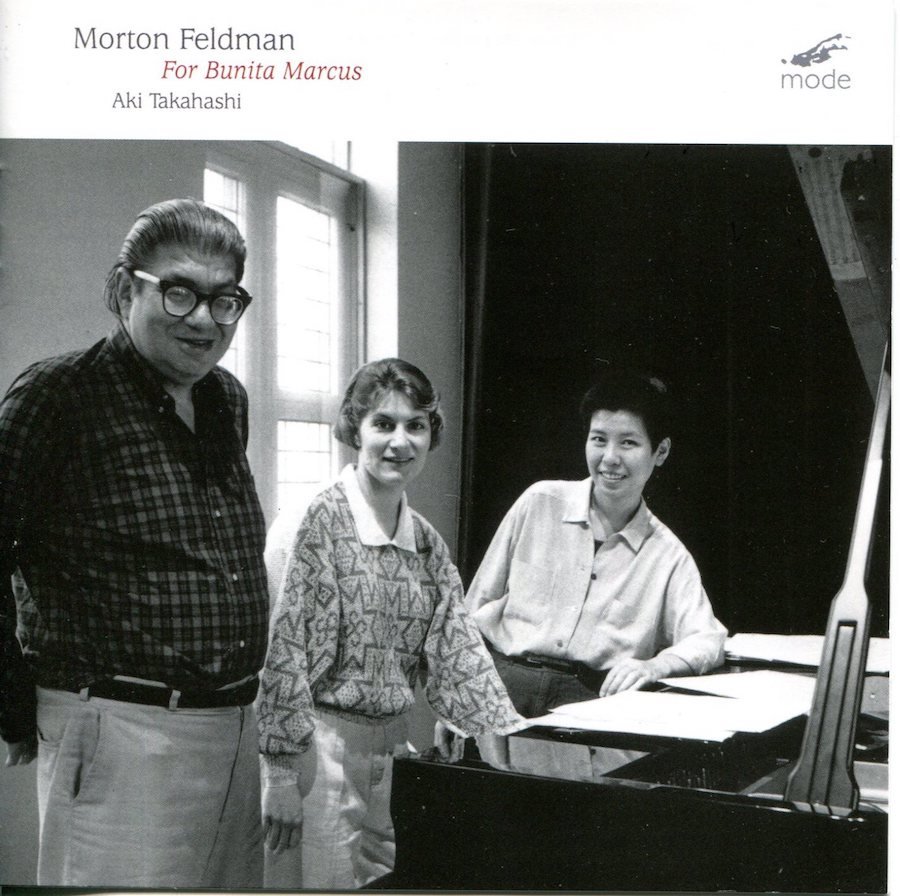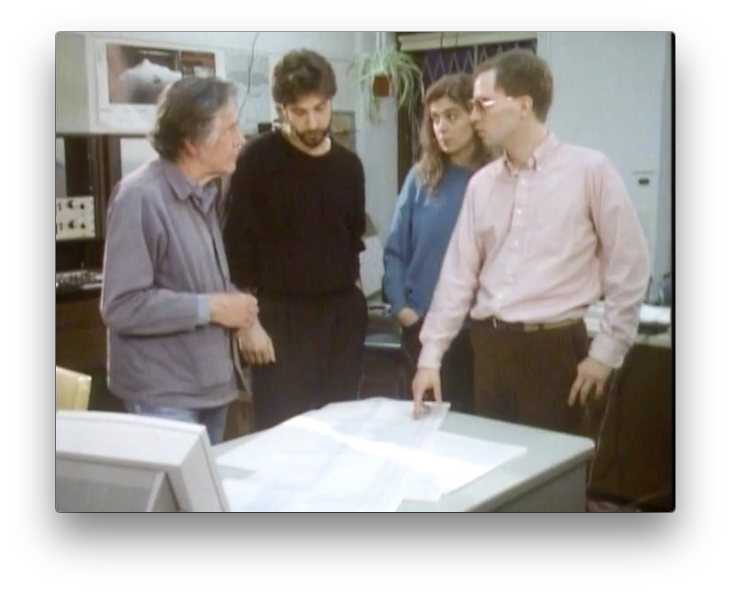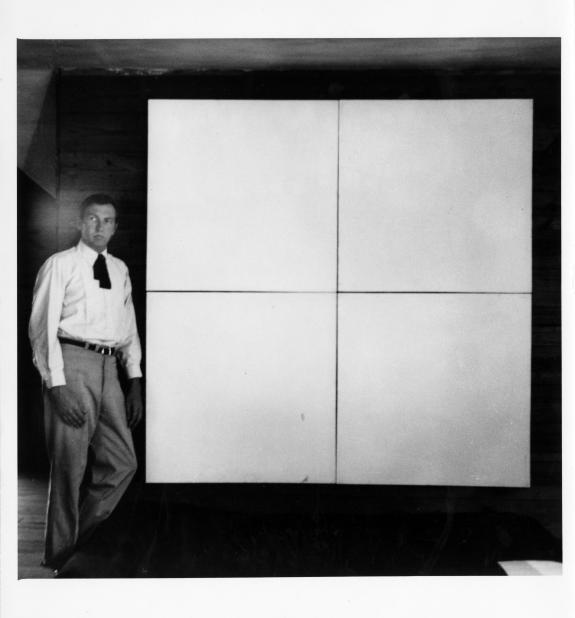The silent piece, from stopwatch to inner clock
Through no effort of my own, the manuscript of Cage’s 1990 version of 4′ 33″ for The Whistlebinkies wound up in my email inbox. It made the piece much more real to me and I got very interested in it again. I started having new ideas about it, and, with score in hand, more confidently thought of it as the fifth silent piece.
The silent piece, from stopwatch to inner clock Read More »
